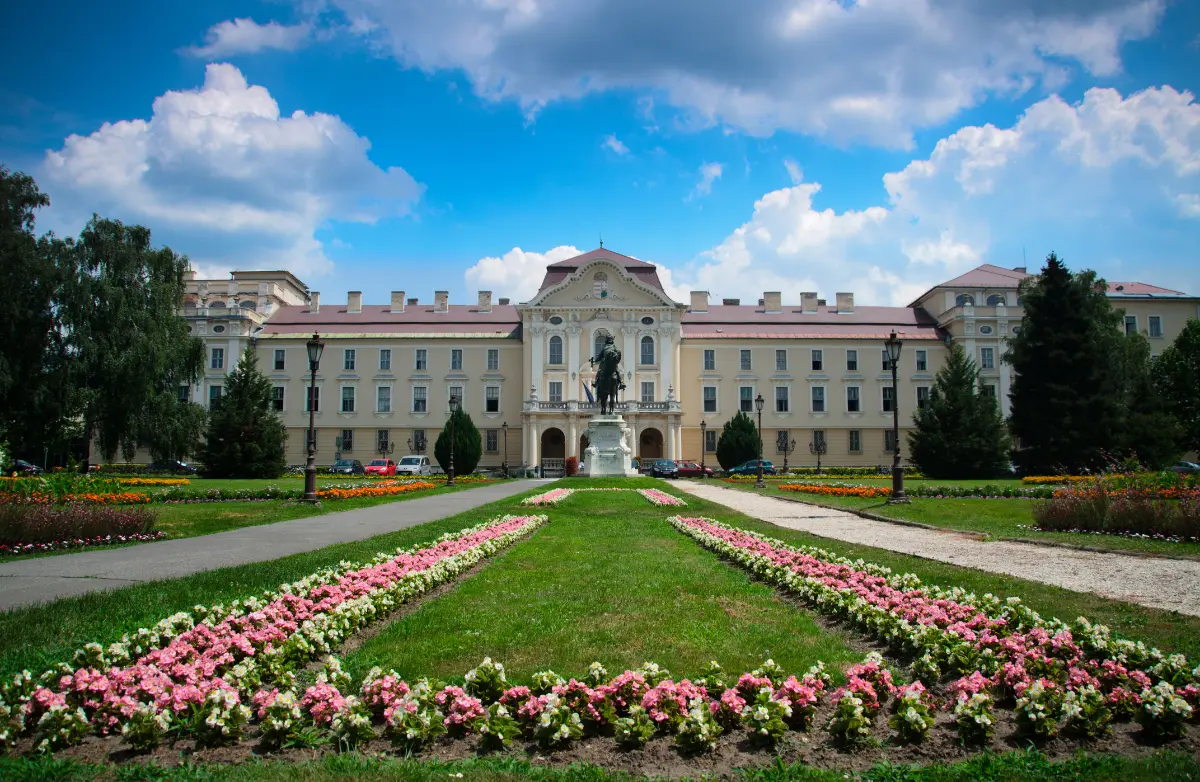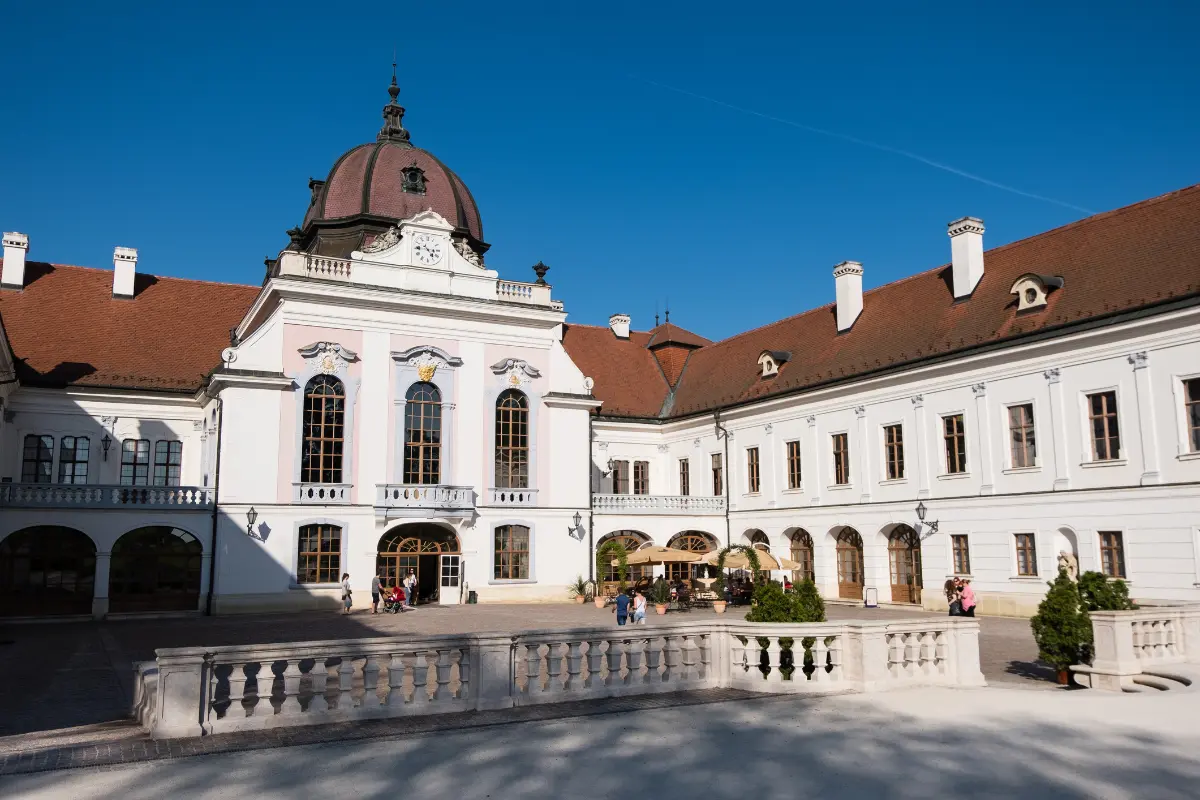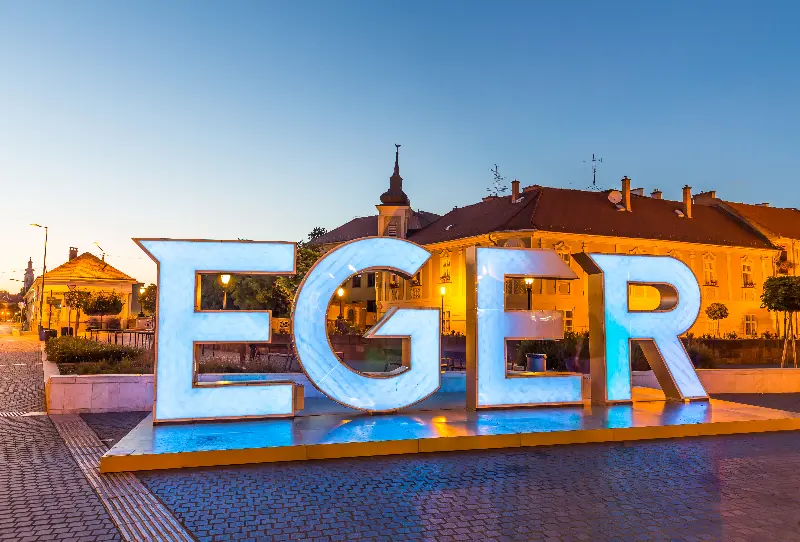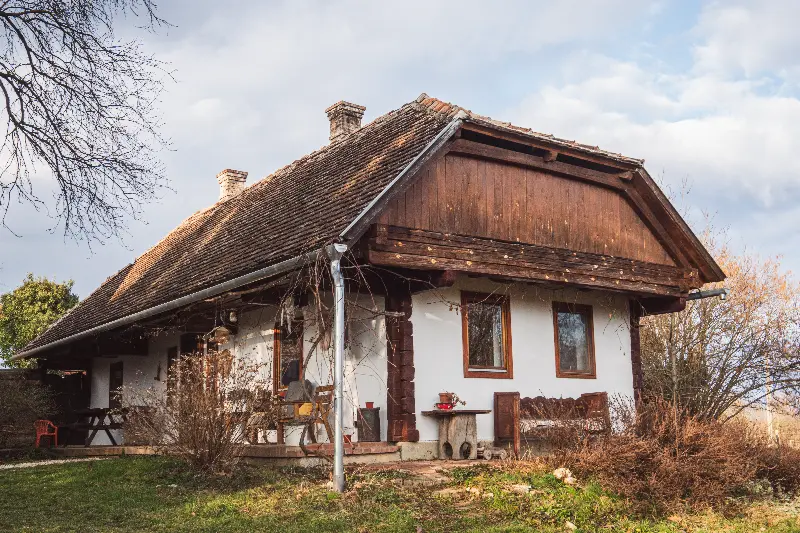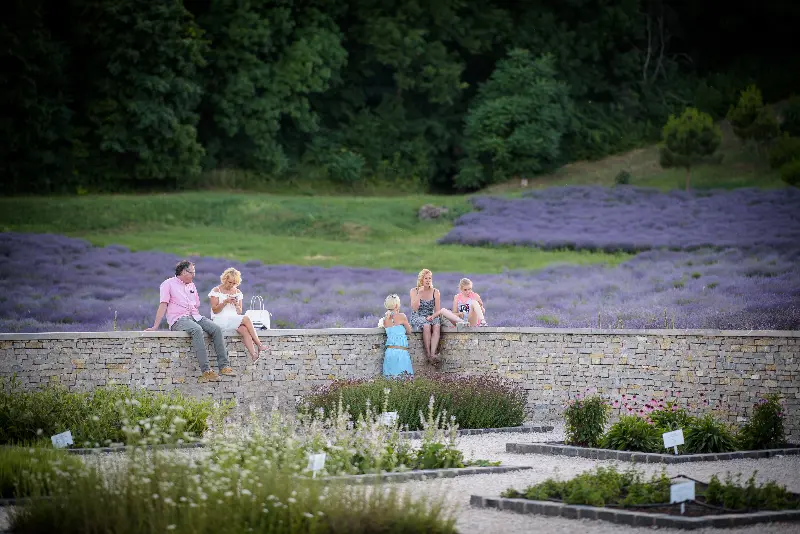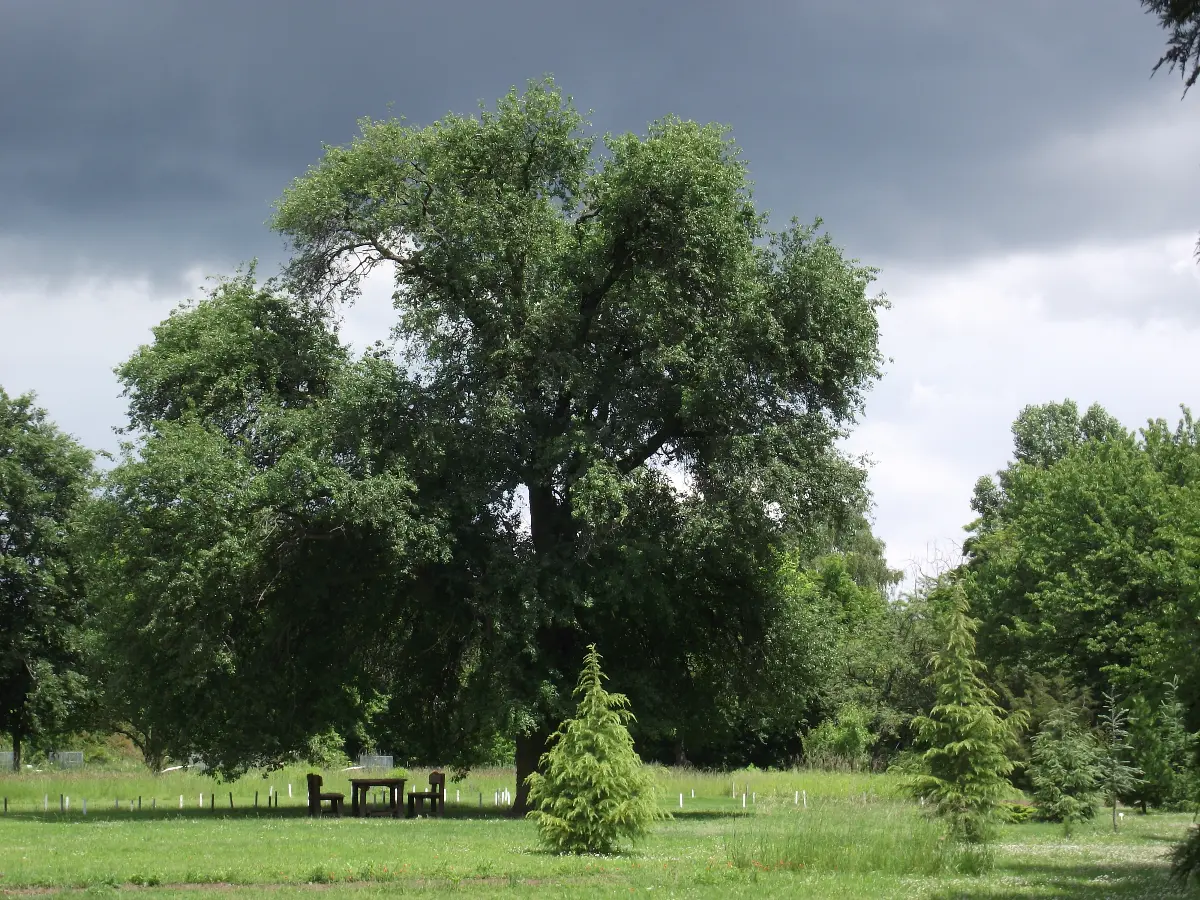
Helyszín címkék:
Century-old beauty in Gödöllő
Méhész Zsuzsa
Ancient crab-apple, one in a thousand
In the company of the Methuselah trees, the thought involuntarily arises: what could have happened around them? It is admirable that they remain steadfastly in one place, while the world changes with lightning speed. What kind of people were shadowed? What kind of times did they go through while standing motionless against the elements of nature that are destructive sometimes and pests? The "Fairytale Ancient Crab-apple" in Gödöllő is the pride of the Botanical Garden of the Szent István University. The largest and most famous wild pear tree of Europe is a witness of great times with its nearly 300 years. Thrushes had been whistling on its branches a hundred years ago (not the same!) when Elisabeth Wittelsbach was born in 1837, so the queen could already walk and ride under its patulous foliage. Since then, the spectacular and unmistakable tree has grown to a height of almost twenty meters, its trunk is more than three meters in circumference, and its wide, rounded crown, typical of wild pears, can be seen from afar. Crab-apple is a tree of noble beauty and portly appearance. It won the Hungarian Tree of the Year award in 2013, and the following year it won the second place in the European competition. In 2021, it was included in the Wise Tree project, which was created to collect Methuselah trees and to present and care for them. The initiative draws attention to the stars and lesser-known treasures of the collection and historical gardens: it not only promotes these special, but often worn-out, old trees, but also contributes to their beauty and shade, providing balminess, being enjoyed for a long time by tourists and hikers through professional condition assessment and tree treatment.
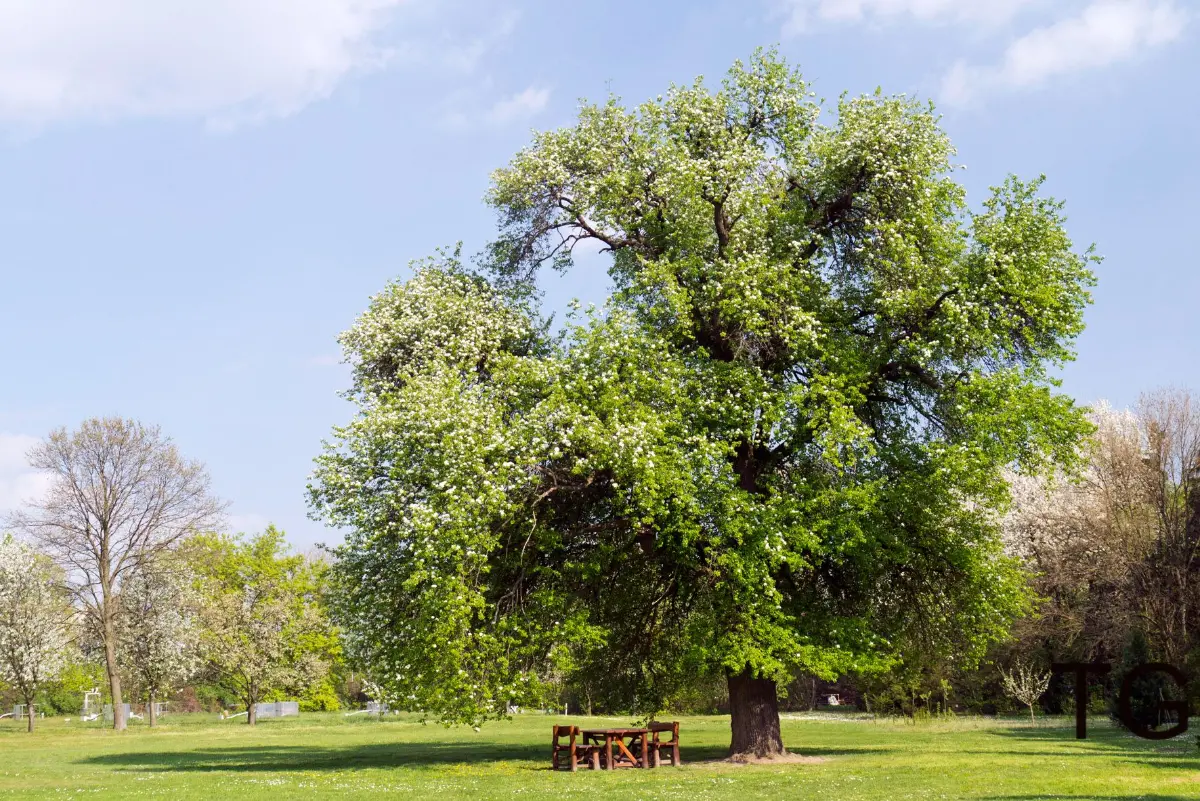
Running from wild-boar, climbing trees
The wild pear spreads naturally and it is present almost everywhere: it is especially widespread in pastures and orchards. The seeds of the Gödöllő crab-apple, however, did not fall out of birds' beaks, nor did they sprout during self-fertilization. Antal Grassalkovich who became a count from a simple gentry, a confidant of Queen Mária Terézia, found himself face to face with a wounded wild boar on a hunt. Since the case of Miklós Zrínyi, we know that this is not an easy situation: the count also threw away his dignity and survived the unpleasant encounter clinging to a wild pear tree. In the 18th century, he planted a thousand wild pear trees on his estate in Gödöllő to commemorate his unusual escape. According to the legend, the only remaining specimen of these is the former resident of the botanical garden, which is still producing. It impresses the visitors of the Botanical Garden with its magnificent flowers in the spring and its colourful foliage in the autumn. The garden behind the bording-school of Szent István University in Gödöllő is open to anyone, and it is not only famous for its wild pear tree. This is the first agrobotanical collection in Hungary, with more than 1,400 plants. In addition to fruit trees and herbs, we can also see exotic species from other continents here. One of its special features is the walking path that passes through 60 different types of bamboo.
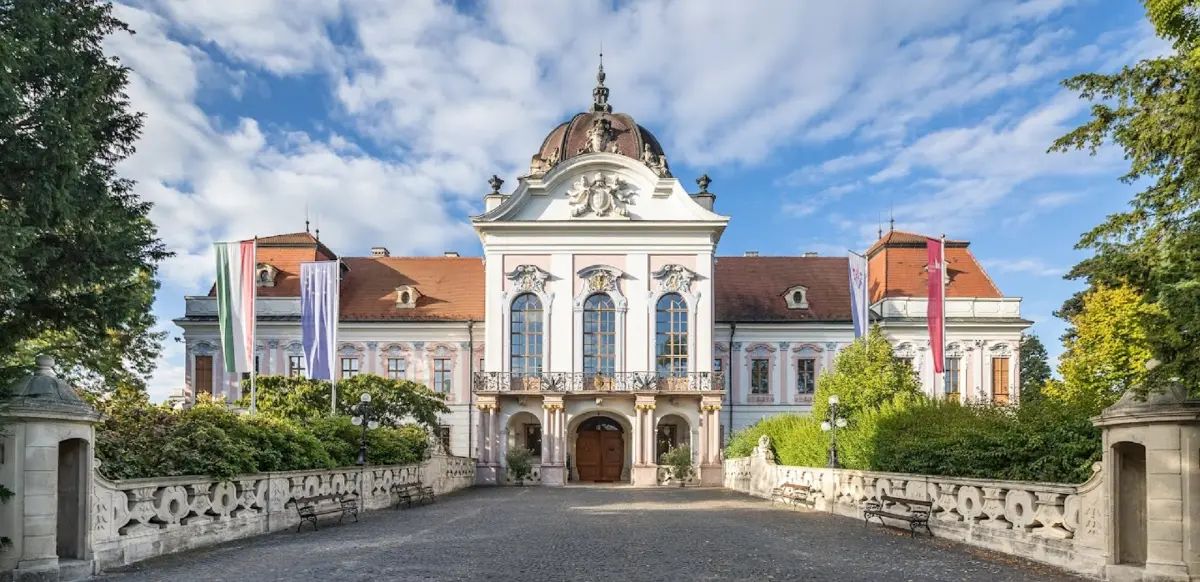
Tree of lovers
The wild pear tree does not get away with just one legend. It is believed that in 1849, after the victorious battle of Isaszeg, Lajos Kossuth wrote the Declaration of Independence not at the headquarters, i.e., in the castle building, but in this garden, right under this crab-apple tree. After the compromise, the estate passed into the hands of the royal family, who visited it for the first time in the autumn of 1867 - and this was followed by several longer stays. Queen Elizabeth, an excellent horsewoman, attempted to explore every corner of the estate. It is said that it was here that Count Andrássy met Sisi, who often rode out to the tree, and he immediately fell in love with her. The names of Sisi and Gödöllő are closely interknitted: the baroque castle strongly preserves her memory to this day. The most popular attraction of the town is undoubtedly the Royal Castle of Gödöllő, but many visitors are attracted by the surrounding hills, the Botanical Garden and the Arbo Park of Gödöllő that are an excellent opportunity for family recreation in nature.
